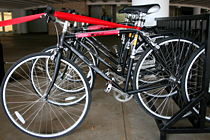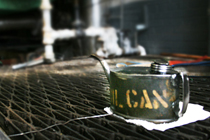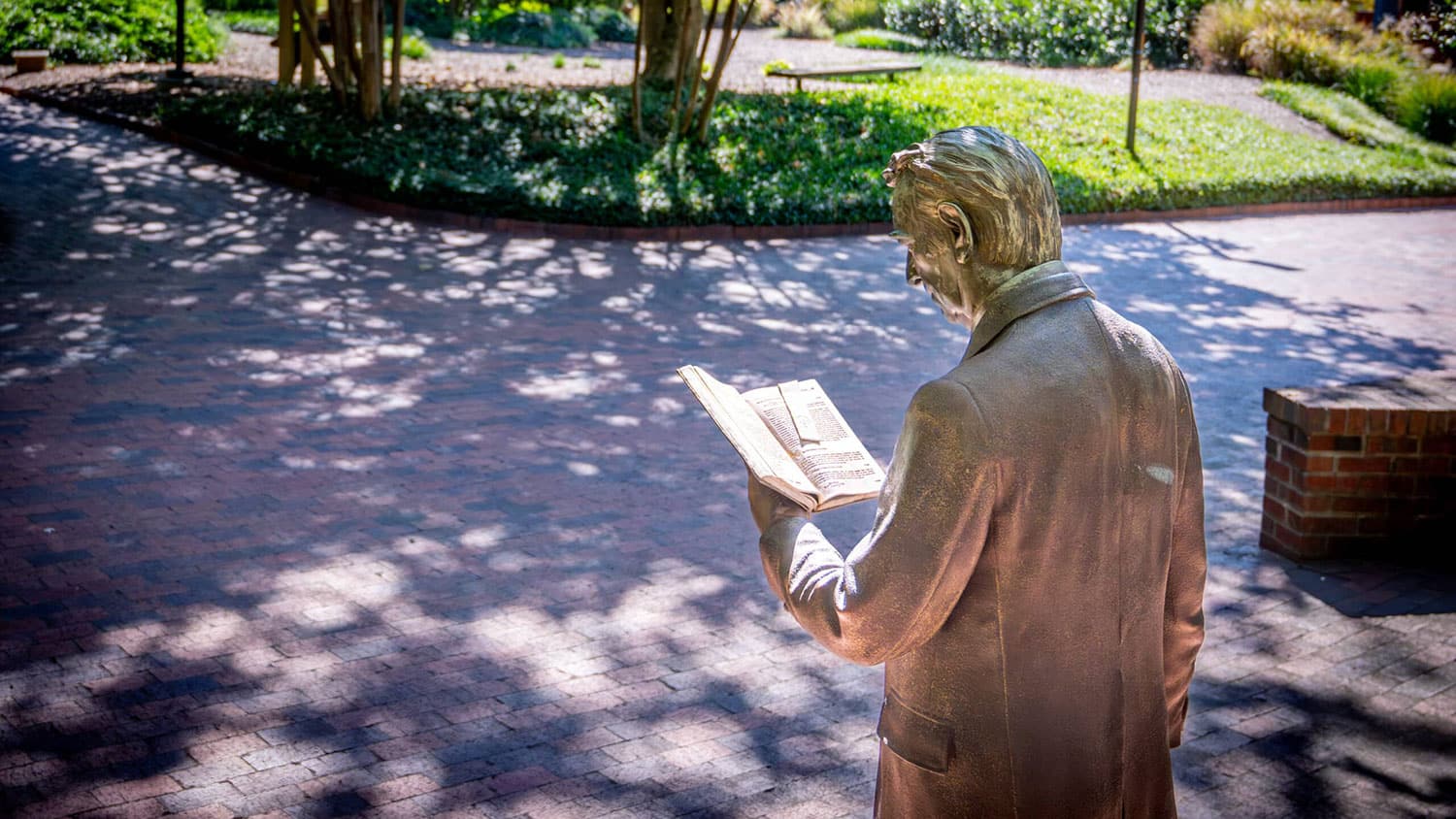Wheeling and Dealing for the Green
There’s a funny law in North Carolina that says universities don’t get to keep the money they save by reducing energy costs. So I’m told by David Dean, the communications coordinator for NC State’s sustainability office. The problem with the law, Dean said, is that it kills the incentive to invest in things like more efficient lighting fixtures or those ultra green LED light bulbs.
So you might be surprised to find out that NC State is in the middle of a massive effort to pump nearly $20 million into energy conservation projects in 13 buildings across campus. You might also be surprised to learn that we haven’t spent a dime on the projects.
Credit the folks in the Facilities Division for figuring out a simple way to get the work done without breaking the budget or running afoul of state law. They’ve convinced the contractor – Schneider Electric – to do the work and pay for all the materials and labor up front. As our energy bills come down over the next 20 years, we’ll gradually pay Schneider back for the improvements. After that, the money we save goes back to the state.

This innovative process – called performance contracting – is one of the reasons we’re steadily reducing our carbon footprint. But it’s not the only energy story brewing on campus, according to Dean.
He took me on a quick tour of campus last week and gave me a firsthand look at just how green NC State is becoming.
First stop was Bragaw Hall, the largest residence hall in the nation to be retrofitted with energy-saving LED bulbs.
“We installed 1500 fixtures,” Dean told me. “By the way, we don’t call them light bulbs, we call them fixtures.”
Like the lights, sustainability has become a fixture on campus, touching everything from conservation and energy usage to LEED certification, energy data management and community outreach.
Next stop was a media event for WolfWheels, a bicycle rental program that encourages students, faculty and staff to ditch their cars and get some exercise for a change. The bikes can be rented through Campus Recreation by the day or the week.

Then we checked out a couple of the steam plants that provide heat and air conditioning to central campus. Next year NC State will break ground on a project to convert the Cates Avenue plant into a combined heat and power plant.
“Essentially we’ll install two jet turbine engines in the plant, on their sides,” Dean explained.
Once completed – and assuming they don’t put the turbines in upside down – this jet-powered co-generation plant will provide heat and power to about one-third of campus and reduce NC State’s greenhouse gas emissions by about 15 percent.
All of this puts NC State in the forefront of the sustainability movement, and explains why we’ve been named one of the Top 5 Greenest Schools in the Southeast by Blue Ridge Outdoors Magazine.
- Categories:


